First Jet For Trainees
Every pilot in the Japanese Air Self-Defense Force (JASDF) undergo initial flight training with the propeller-type T-7 training aircraft, and upon graduating this first aircraft, they then transition to jet planes.
Among the many to-be-pilots, those striving to become fighter pilots will next experience the T-4 subsonic intermediate jet trainer.
This aircraft, including its twin engines, is domestically produced and renowned for being used by JASDF’s aerobatic team – the “Blue Impulse.”
- General Overview
| Length | 13m (42.65ft) |
| Wingspan | 9.94m (32.6ft) |
| Height | 4.6m (15.1ft) |
| Crew | 2 people |
| Speed | 1,100km/h (684mph) |
| Range | 1,300km (800 miles) |
| Service Ceiling | 14,800m (48,560ft) |
| Unit Price | 25 million USD |
The T-4 training jet, also known as “Dolphin” due to its slightly round appearance, was developed primarily by Kawasaki Heavy Industries in the late 1980s.
For a made-in-Japan military equipment, the jet plane managed to keep development and production costs fairly low, resulting in a total procurement of 212 units.
Given its role as a trainer aircraft, the T-4 was designed with an emphasis on maneuverability and stability, achieving good performance even in challenging speed ranges where supersonic and subsonic zones intersect.
The aircraft’s operational range and speed were also improved compared to previous training jets, making it easier to travel to distant training areas.
Currently, the T-4 trainer aircraft is deployed in large numbers at Ashiya and Hamamatsu airbases, where pilot trainees undergo basic and advanced training courses.
But, the T-4’s excellent maneuverability is said to yield a significant gap between itself and fighter aircrafts like the F-15J or F-2, making the transition rather challenging.
Used For Various Purposes
As an aircraft designed for training purposes, the T-4 is not equipped with any armaments, though there were failed attempts to develop an armed variant with a 20mm cannon and missile capabilities.
Apart from training duties, the T-4 is sometimes used as an liaison aircraft and also serves as educational materials for training the maintenance crew. Other rare missions include collecting atmospheric particles after North Korea’s nuclear experiments by installing special pods.
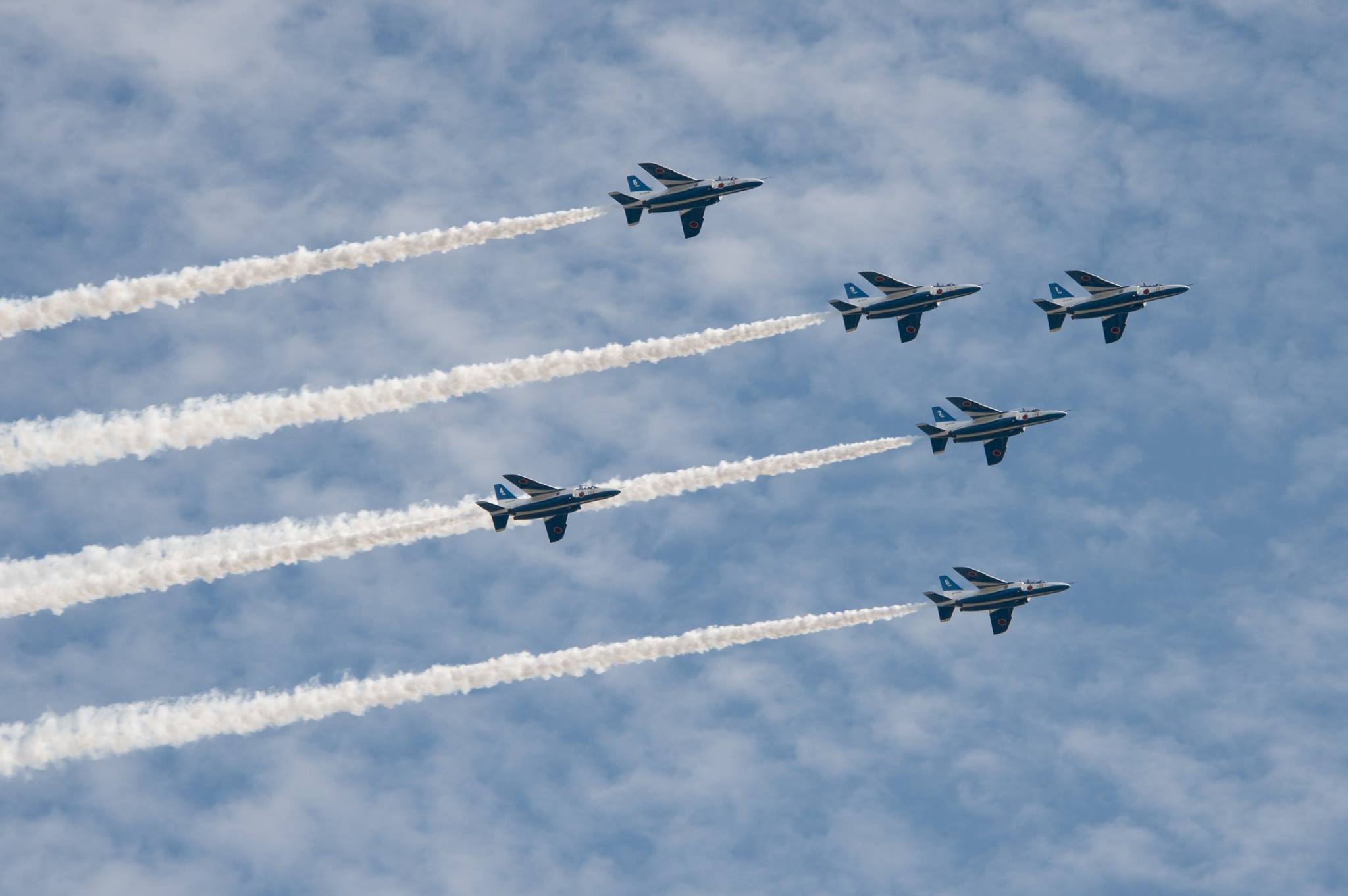 T-4 jets during Blue Impulse’s demo flight (photo: JASDF)
T-4 jets during Blue Impulse’s demo flight (photo: JASDF)
But, the most well-known sight of the T-4 is the aerobatic flights conducted by the Blue Impulse team where it has been in service since 1995.
The T-4 used by the Blue Impulse team is a modified variant featuring not only special paintings, but also low-altitude warning systems, smoke generating devices, and slight layout changes in the cockpit.
While the ordinary person would not recognize the term T-4 trainer aircraft, describing it as the aircraft flown by the Blue Impulse aerobatic team would likely evoke a clear image.
Developing A Replacement
Despite being utilized for multiple purposes other than training, the production line for the T-4 training aircraft has already been closed and the ones in service are gradually reaching their retirement age.
The Ministry of Defense started its search for a successor by publicly seeking information in 2021, but the Japanese Government has opted to develop a new trainee aircraft with the United States.
Such joint development would be the first in many years and is just part of the recent efforts to further deepen the Pacific alliance.


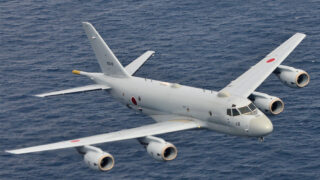
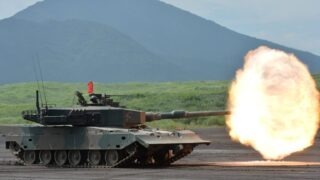
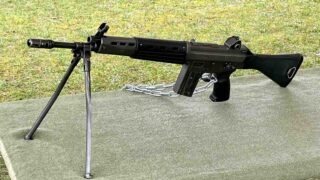
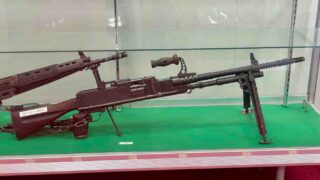
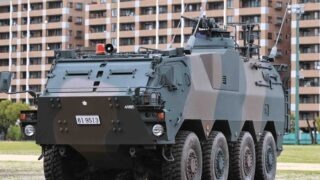
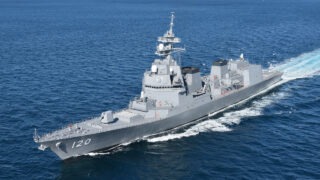
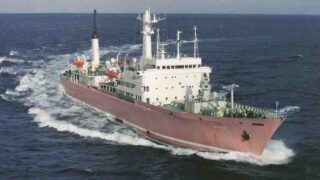
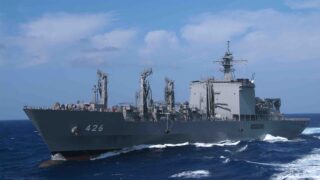
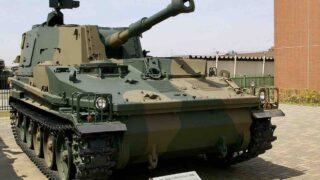
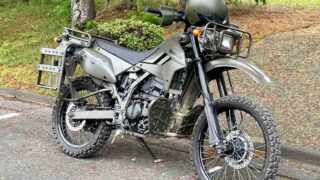
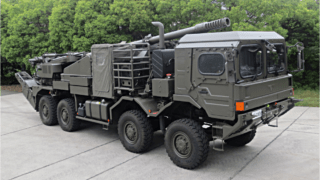
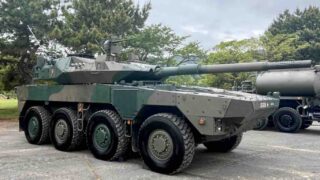
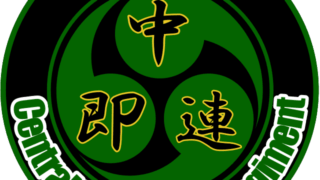
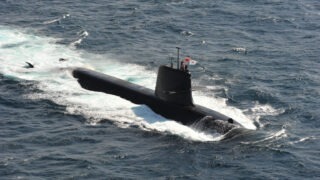
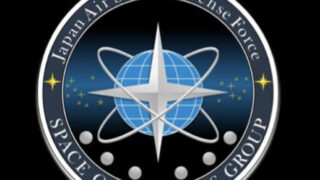
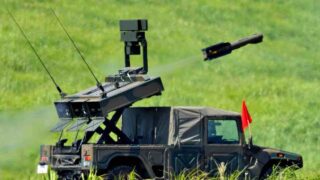

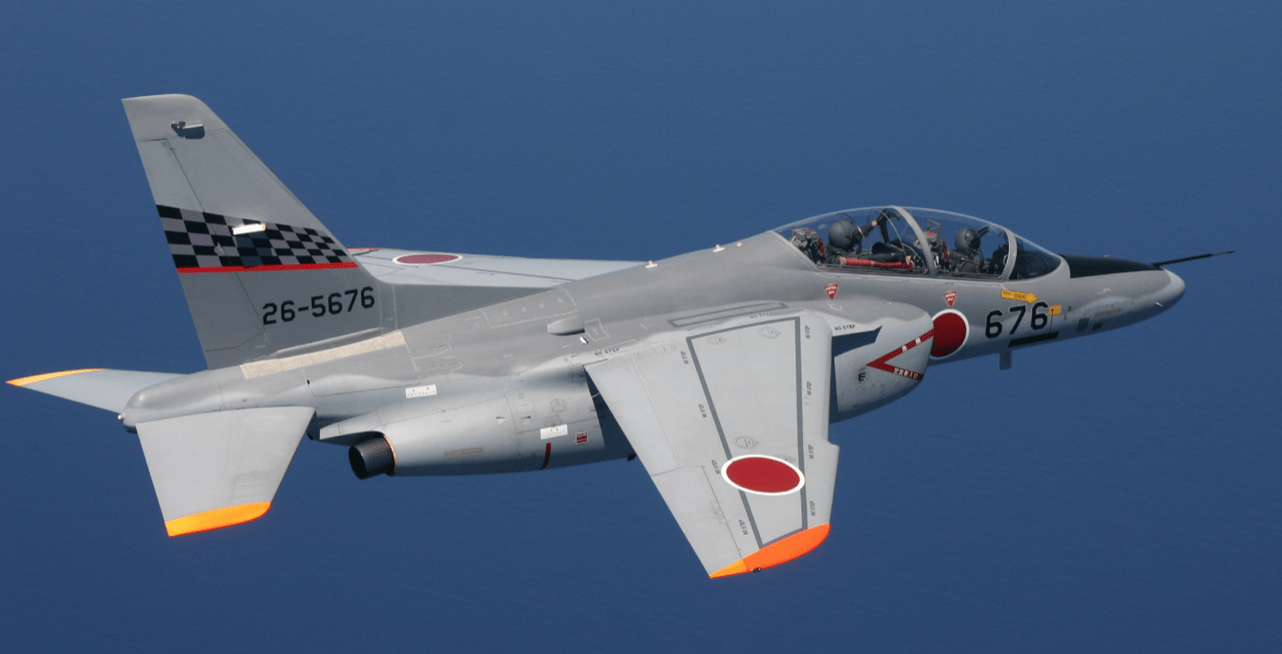
Comments